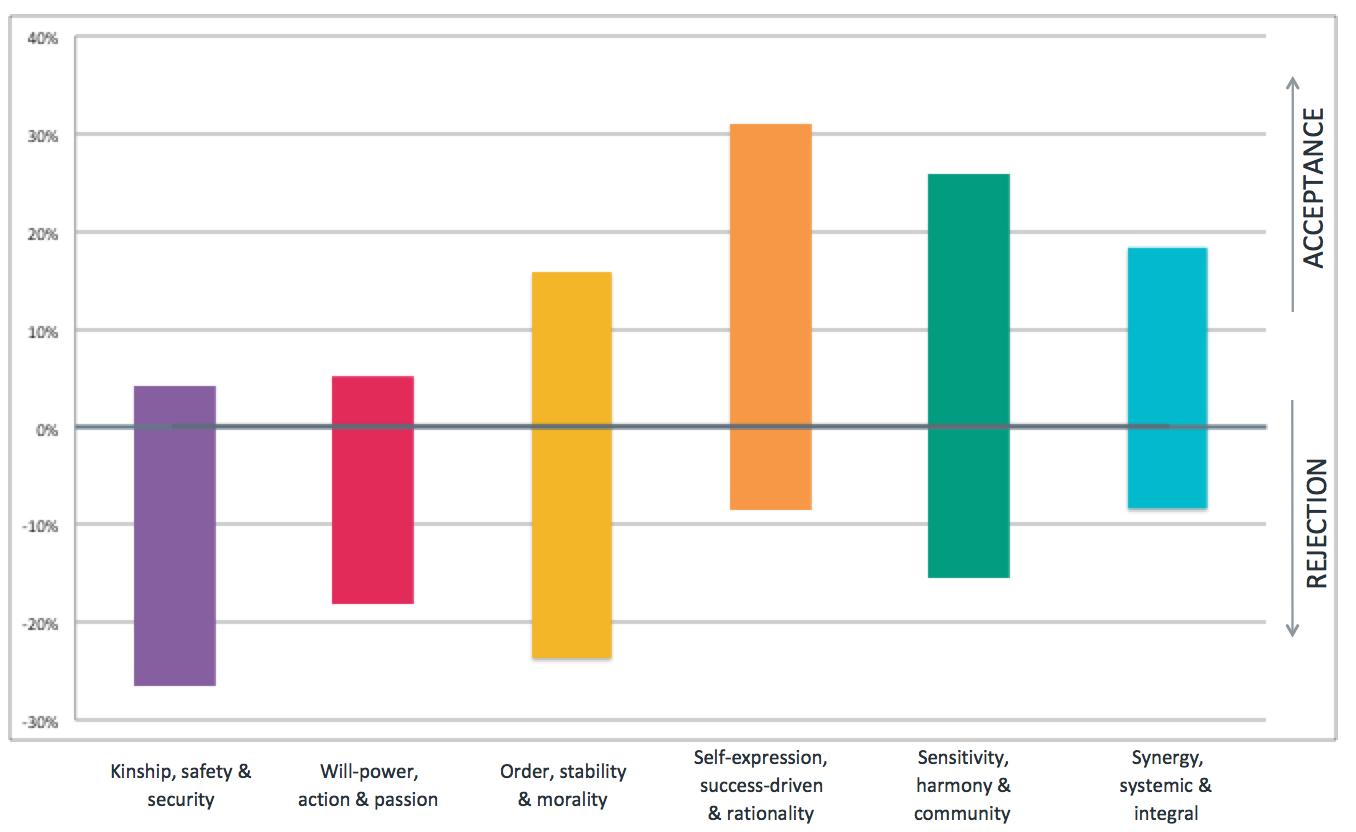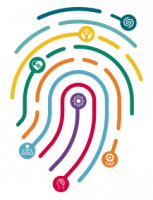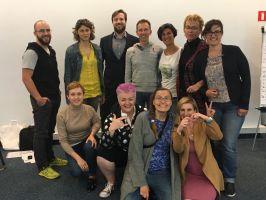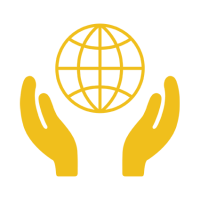Culture assessment
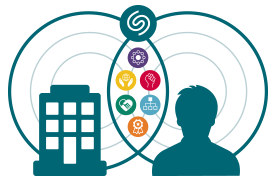 Interventions and transition processes in organizations can only be successful when the culture and structure of the organization is aligned with the deeper drives of employees.
Interventions and transition processes in organizations can only be successful when the culture and structure of the organization is aligned with the deeper drives of employees.
The ValueMatch Culture Assessment provides insight into the dynamics between individuals and organization as well as providing crucial and concrete information for those who wants to bring about change in the culture and structure of the organization. These insights lead to better, more functional interventions and transition processes.
This instrument is unique not only because it measures the values of organizational culture, but also the personal values of the employees. These are compared to see whether the current and desired culture fits the employees and so gives a clear view of what needs to be done in order to create a culture in which employees can optimally develop their qualities.
Since the ValueMatch culture assessment is based on Graves's work, unlike most other instruments, it can be applied to any type of organization. We determine the type (stage of development) of the organization, and based on this, we can give advice regarding what a 'healthy' culture and structure is for a particular organization.
Moreover, during the development of this instrument, we have drawn considerable inspiration from the work of Frederic Laloux’s, Reinventing Organizations. This is why the ValueMatch culture assessment is ideally suited for organizations seeking more wholeness, self-management and evolutionary goals. This instrument gives insight into the characteristics of current culture and the best way to transform this step by step, into a teal culture.
The Culture Assessment consists of 17 questions about the person him/herself and 27 questions about the culture and structure in the organization. It measures:
- that drives people, what their deep-seated motivations are;
- The perception employees have of the culture and structure of the organization;
- how employees would like to see the culture and structure of the organization.
The assessment measures and compares this information and provides insight into, among other things: the level of development of the organization and employees.
- the degree to which the organizational culture matches the deeper values and drives of the employees;
- if this does not work, which cultures and systems do suit the employees?
- whether planned changes are in line with employee potential;
- what is a logical next step in the development of the organization?
- the willingness of employees to change;
- what specific aspects of culture and systems give friction and require attention.
By making group profiles of different departments and sections of the organization (e.g. senior management, management, employees or organizational units in different countries), further insight can be gained into their characteristics and bottlenecks in their mutual cooperation. Often internal conflicts are related to differences in deeper values and so gaining a better understanding of these is essential in order to resolve matters.
After employees have completed the questionnaire we generate:
- a personal values report for every employee giving insight into the values and drives;
- a cultural report for every employee which gives insight into the dynamics between the individual and organization;
- culture profile for the group or different groups;
- a group values profile, which exposes the deeper values and drives and potential of employees.
The successful application of this assessment requires guidance from one of our ValueMatch Certified Practitioners. They have been trained to get the right information from the available data and to link this to the developmental issues of your organization.
Reinventing Organizations
 ValueMatch assessments are the instruments of choice for those inspired by Frederic Laloux’s Reinventing Organizations and who want to follow his line of research and introduce self-management, wholeness and evolutionary purpose to their organization.
ValueMatch assessments are the instruments of choice for those inspired by Frederic Laloux’s Reinventing Organizations and who want to follow his line of research and introduce self-management, wholeness and evolutionary purpose to their organization.
His work clearly defines the culture of innovative organizations, where employees are given a high degree of trust and are seen as ‘whole’ beings. They practice self-management, where employees make decisions themselves and shape their own work. Laloux also uses the work of Graves as a basis for describing developmental levels in organizations and citing the culture of these innovative organizations as ‘teal’, which corresponds to the 'yellow' developmental stage of Spiral Dynamics.
ValueMatch – the ‘missing link’ when introducing self-management
ValueMatch has applied the definitions of Laloux in the explanation of the culture assessment so organizations that want to change to "teal" can measure how far they have come along this path. This is done by mapping the development level of both the present and the desired situation. It also makes clear what steps need to be taken in self-management, wholeness and evolutionary purpose to bridge this gap. In addition, the culture assessment brings the dominant values of the employees to the fore. This makes it clear to what extent the employees can easily move towards a teal culture and who the potential pioneers are when it comes to introducing this culture. This in turn helps accelerate the transition towards teal and avoid potential pitfalls during its implementation. For example, if teal is missing, employees need more guidance to reach the desired level of self-management. After all, the growth towards more independence and competencies should keep pace with the development of more self-responsibility.
ValueMatch provides values and culture assessments both in the colors of Spiral Dynamics and in the colors used by Frederic Laloux in his book based on Ken Wilber's work. Read more below about Reinventing Organizations and the ValueMatch analysis of this in relation to the perspective of Graves' work and Spiral Dynamics.
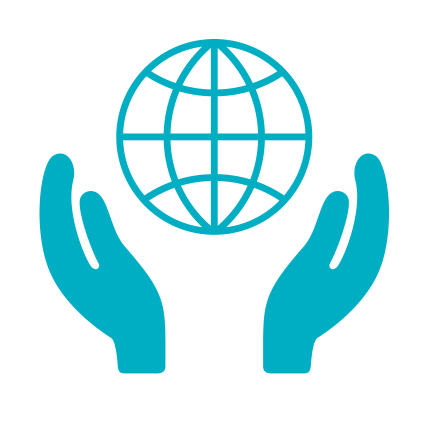 Frederic Laloux conducted extensive research into pioneering organizations, which deal with employees, organizational culture and organizational structure in a completely different way. The organizations that he investigated and described in his book ‘Reinventing Organizations’ are radically different from the current hierarchical institutions that govern and control their employees and processes through a rigid structure and rules. He used the work of Graves to show that this is an emerging, more complex organizational form, comparable to the ‘yellow’ development level in Spiral Dynamics. However, because Laloux uses the color model of Ken Wilber, he refers to this culture as 'teal'.
Frederic Laloux conducted extensive research into pioneering organizations, which deal with employees, organizational culture and organizational structure in a completely different way. The organizations that he investigated and described in his book ‘Reinventing Organizations’ are radically different from the current hierarchical institutions that govern and control their employees and processes through a rigid structure and rules. He used the work of Graves to show that this is an emerging, more complex organizational form, comparable to the ‘yellow’ development level in Spiral Dynamics. However, because Laloux uses the color model of Ken Wilber, he refers to this culture as 'teal'.
The first premise of teal organizations is that they assume that the employees are willing people who, when provided with the right working environment, can be trusted, are motivated and willing to contribute to the organization. The degree of trust is considerable when compared to traditional organizations and also means that there is a high level of transparency in which, for example, all salaries are known.
Laloux also describes how in teal organizations people are seen as being ‘whole’, by this he means the unity of body, mind and soul, all aspects of which are equally important. People are encouraged to be the same person at work as at home. There is room for talking about emotions, without this being seen as a weakness.
This human image is reflected in the organization by abolishing all forms of hierarchy in the structure and giving employees a high degree of freedom in making their own choices and decisions in how they can contribute towards the objectives of the organization. Employees are not checked up on, although there are certain procedures in place to provide structure. In what is called ‘self-management’, everybody can make a decision, including matters such as budgets and, for example, proposing the level of their own salary. Teams organize themselves and there are no fixed positions, managers or job descriptions. People describe their own role and duties, in consultation with colleagues. The limited rules and procedures in these organizations primarily determine how to make decisions, how to define your own roles and determine your own salary. Rules do not tell you what to do, who you report to or what you deserve. There are leaders, people who take the initiative, but they do not have a hierarchical relationship with others. They are the ones who strongly support the culture and are often seen as an influential example to others, but without having any real power.
Teal organizations see themselves as being living organism in an evolving world, inextricably linked to society. Within this, there is an awareness of how everything in the world is interconnected and mutually influential. They are focused on making a sustainable contribution. They use ‘unconventional’ processes with considerable room for intuition and sensing, in order to clearly define their contribution and determine the next step. Thus, although these organizations are clear with regard to the proposed contribution and purpose, there are no big business plans, multi-year plans or set targets. Growth is achieved step by step, with continual harmonization to keep to the defined contribution and purpose.
Making the transition to a teal culture cannot be achieved by just giving the management and employees some training. Partly for the owners, management and possibly supervisory councils or boards of directors of the organization, releasing control and traditional management methods is often a major challenge. If the motivation is present, then in many cases this will be accompanied by a process in which organizational development and personal fulfilment go hand in hand. This is an exciting adventure, but of course it is also a challenge. That is why ValueMatch assessments make clear which steps the organization needs to take and what personal challenges can be expected depending on their own values.
The freedom of a teal culture also entails much more responsibility, something many employees will have to get used to. This is certainly not the ideal work environment for everyone, which can also be seen in the ValueMatch assessments.
The work of Laloux has a gained a lot of popularity, especially because, as he himself indicates in his book and in presentations, only a small percentage of all employees are really inspired by his or her work or possess a passion for it. In recent decades many people have developed more rapidly individually than the culture of their organization, resulting in a growing gap between employee and organization. This is particularly evident among young people who feel less connected with traditional, hierarchically organized businesses whose main focus is exercising control and shareholder value. According to the vision of ValueMatch, the transition to a teal business culture is not always the only solution. The introduction of Spiral Dynamics 'green' human-oriented cultural aspects into existing 'orange' successful organizations may also provide a better connection for many employees. Laloux's description of non-teal business cultures is mainly pathological, he describes them in terms of their distortion. In addition, he ignores the power of other cultures. ValueMatch does not preach that teal is the ideal culture, but takes the employees’ desired culture as the starting point and describes this in terms of strengths and how the organization can grow towards this.
As stated earlier, Laloux also uses Graves' work as a starting point to describe the different types of organizational cultures. That he eventually, for some unknown reason, has chosen to use the colors of Ken Wilber to indicate the stages and not the colors as defined by Don Beck and Chris Cowan with Spiral Dynamics, does not take anything away from the fact that his theoretical description of the teal organization aligns with the definitions used by Graves for yellow. However, a precise study of his work and practical examples by ValueMatch shows that the examples described in the book often fit more with green, harmony-based cultures and are therefore not really yellow in our eyes.
In the book, presentations and other forms, the Reinventing Organizations principle is presented as a primary method of creating a people-friendly work environment, we also see that it tends more towards green harmony-driven cultures than yellow. Yellow, in line with Graves' work, has the primary focus of creating sustainable solutions for people and society. Graves' drive in this matter, is that our current status quo (in time) is no longer tenable and will create environmental and financial crises. The great value of Laloux's research is that he has found many practical examples of teal (yellow) in organizations that were still unknown in Graves' time. ValueMatch makes grateful use of this in its assessments, but clearly distinguishes whether it is an expression of yellow or green.
The ValueMatch culture assessments are a synthesis of the studies of Graves and Laloux. From Graves we use the meticulous distinction between the value systems and their healthy expressions, and from Laloux we have taken the current practical manifestations of those expressions. The values and culture assessments are available in the colors of both Spiral Dynamics and Reinventing Organizations.
Organizations which work with a teal culture can use our assessments for:
- Recruitment: as an addition to the usual instruments to see how new employees fit in with the culture and how they will contribute towards it.
- Employee satisfaction surveys in which employees not only indicate whether they are satisfied with the current organization but also indicate how the organization can grow towards the desired situation.
- Cultural change to understand what aspects of culture and structure are healthy and what aspects require change or action.
Also read about the experience of GrantTree in London, a pioneer in self-management.
Organizations considering a transition to a teal culture can use ValueMatch assessments to gain insight into:
- whether the transition to teal is feasible in the short or long term;
- whether a teal culture is the right culture for all those involved: what is the potential of management and staff for working in the new culture;
- the level of support in management and staff for such a change;
- what kinds of challenges the transition has in store for management and staff;
- when making a development plan for the transition. What is the right sequence of steps to be taken: which ones need to be taken now and which ones later;
- possible alternatives to the teal culture, in the event that the organization is not ready for this yet.
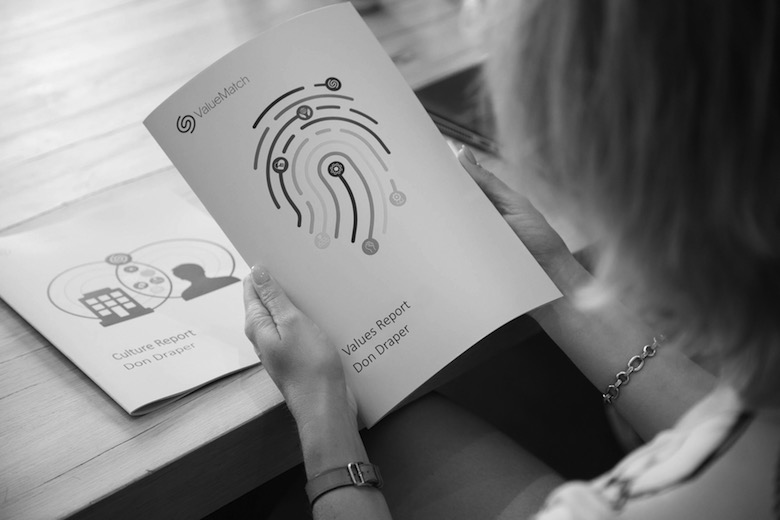

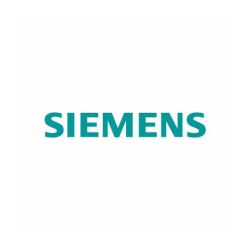
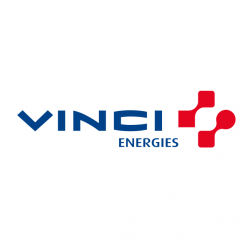
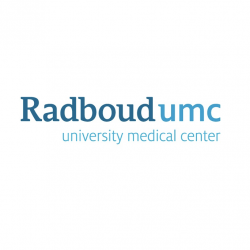


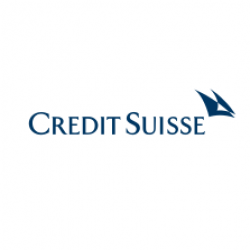
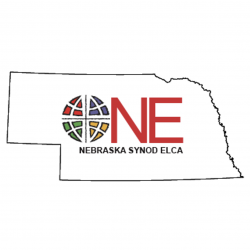
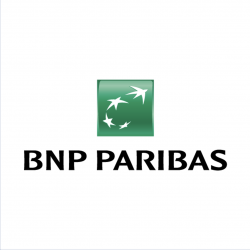
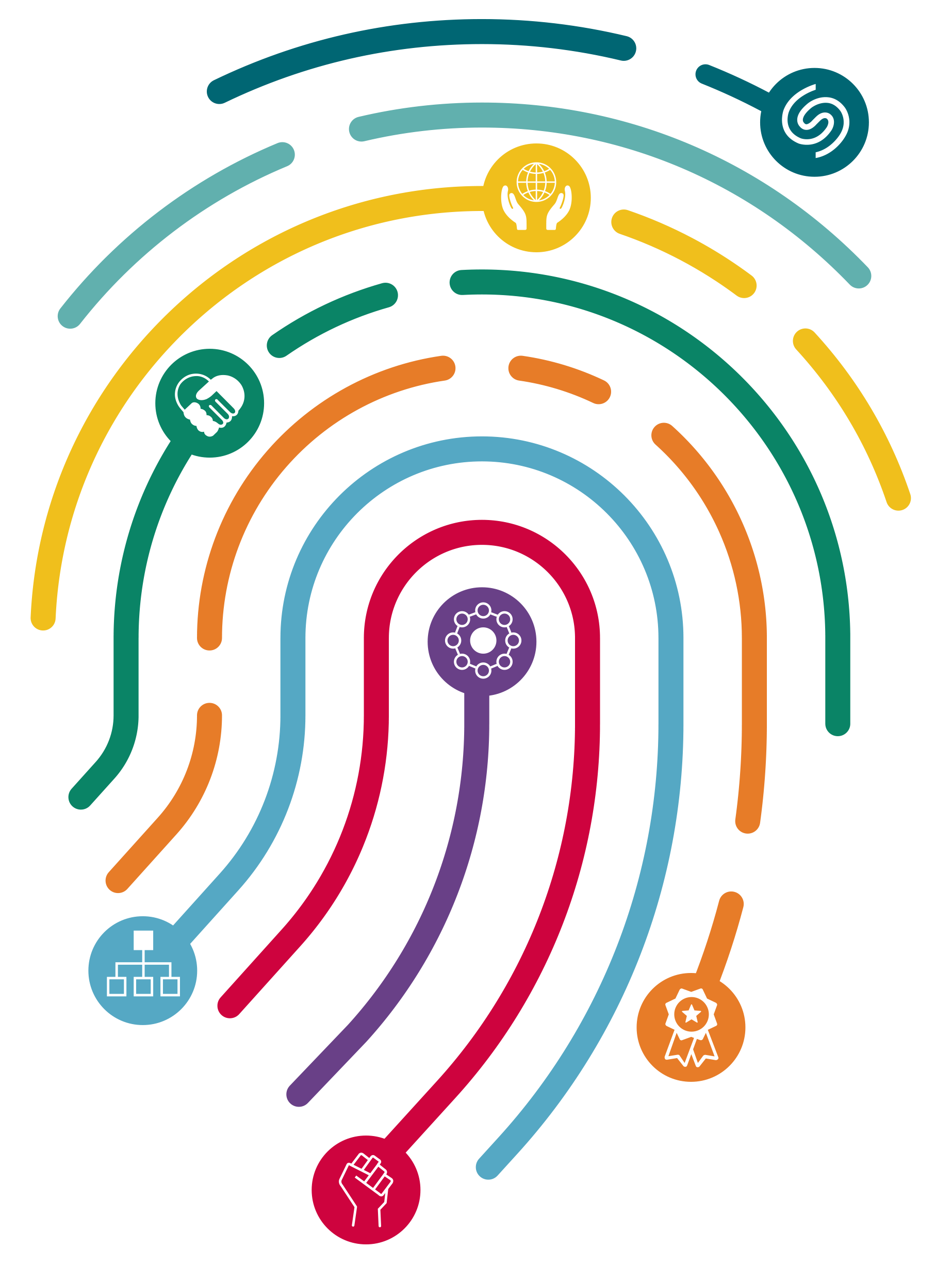
 Interventions and transition processes in organizations can only be successful when the culture and structure of the organization is aligned with the deeper drives of employees.
Interventions and transition processes in organizations can only be successful when the culture and structure of the organization is aligned with the deeper drives of employees.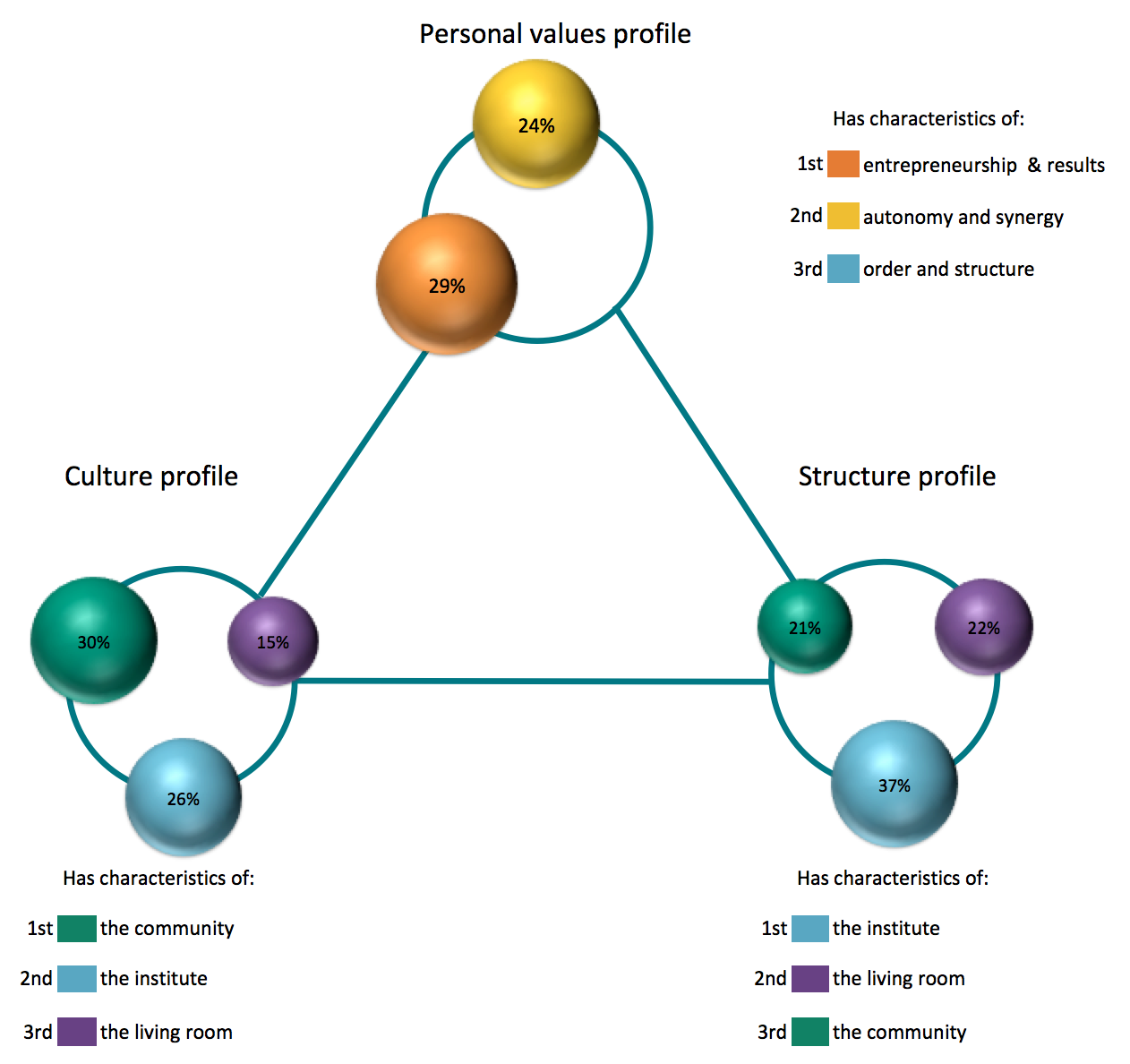
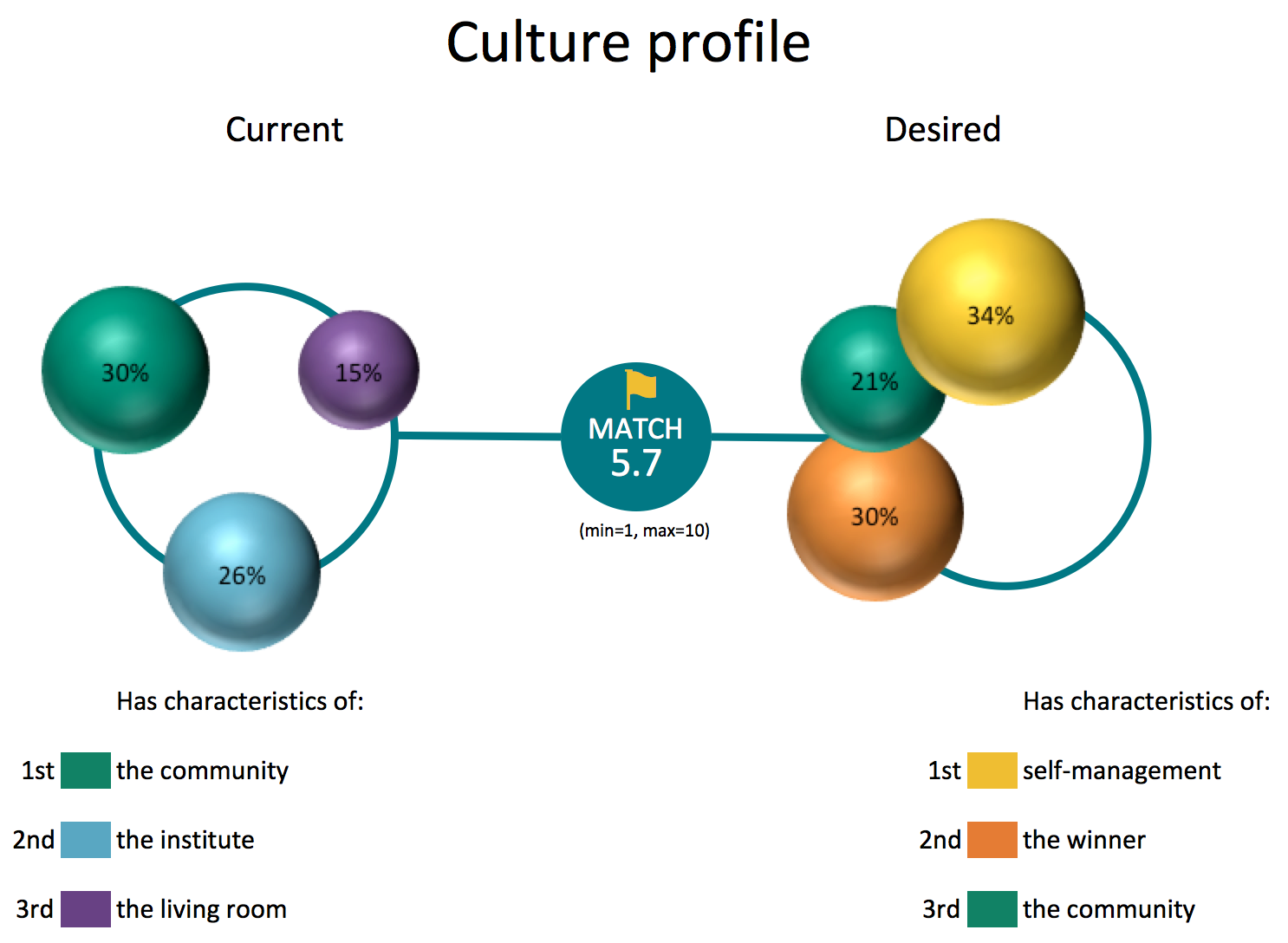
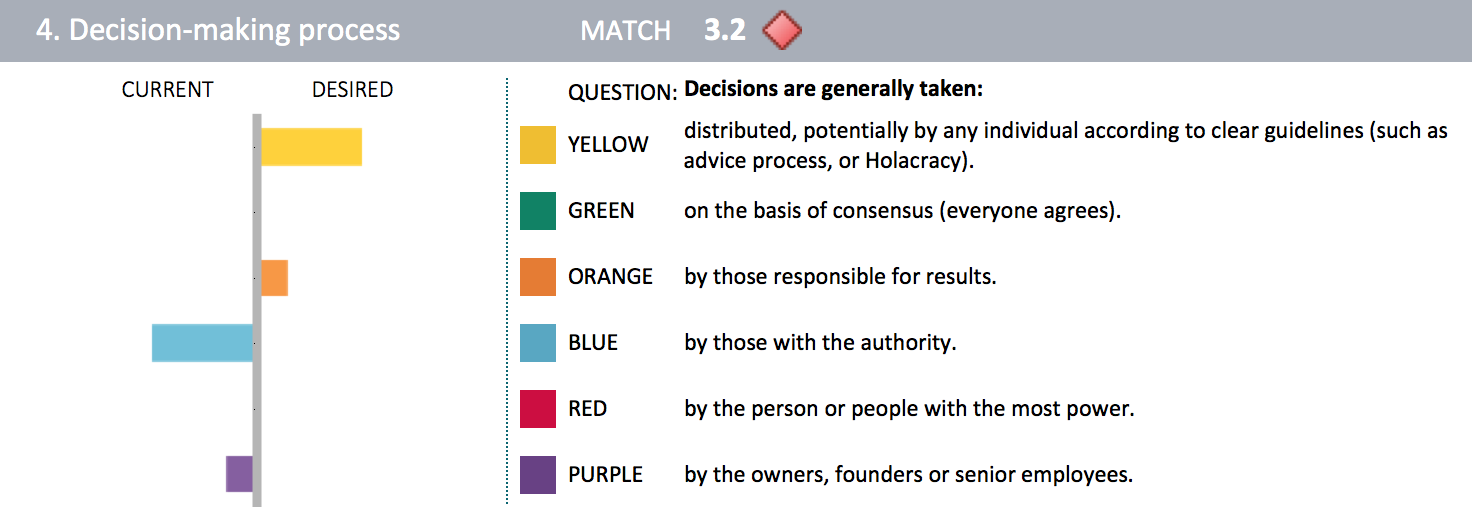
 ValueMatch assessments are the instruments of choice for those inspired by Frederic Laloux’s Reinventing Organizations and who want to follow his line of research and introduce self-management, wholeness and evolutionary purpose to their organization.
ValueMatch assessments are the instruments of choice for those inspired by Frederic Laloux’s Reinventing Organizations and who want to follow his line of research and introduce self-management, wholeness and evolutionary purpose to their organization.